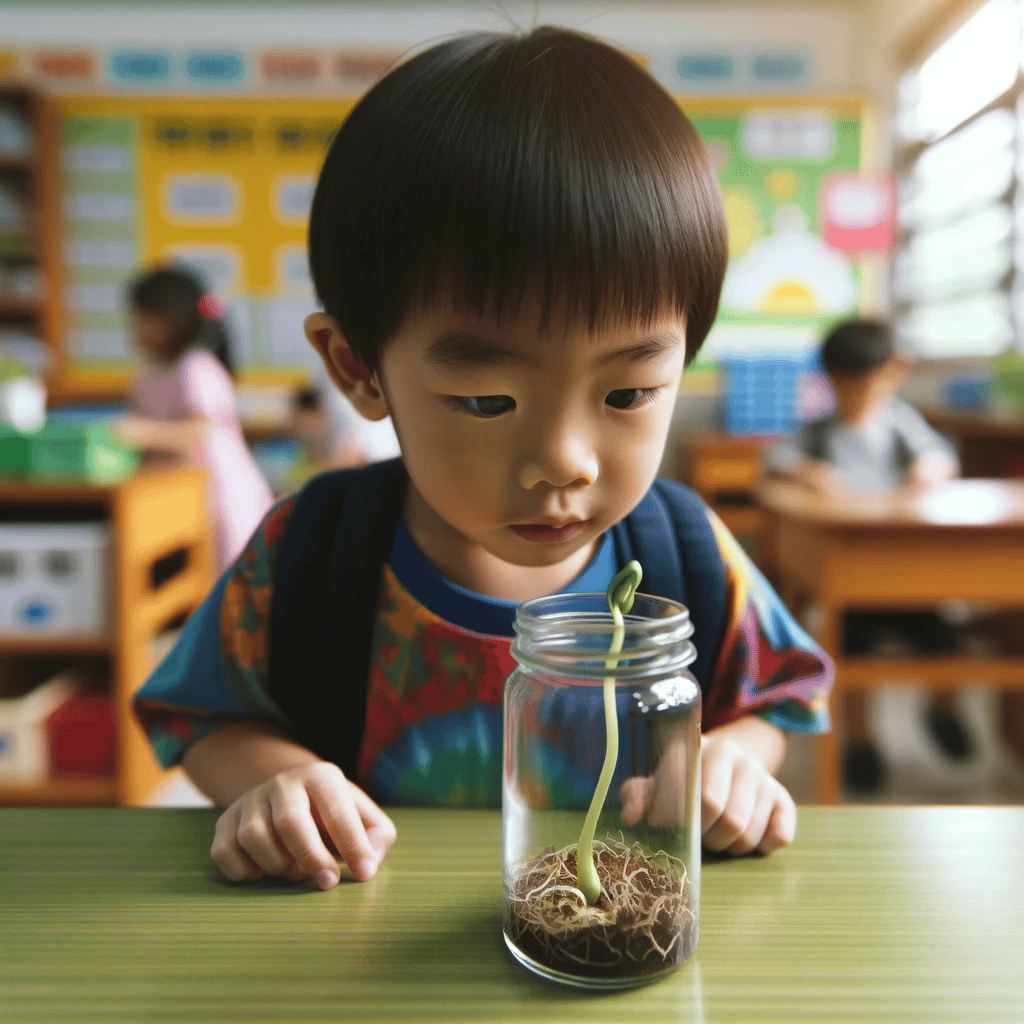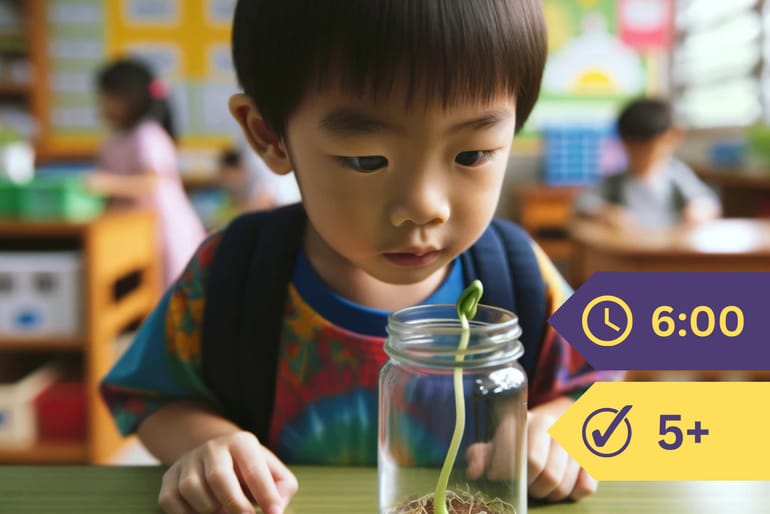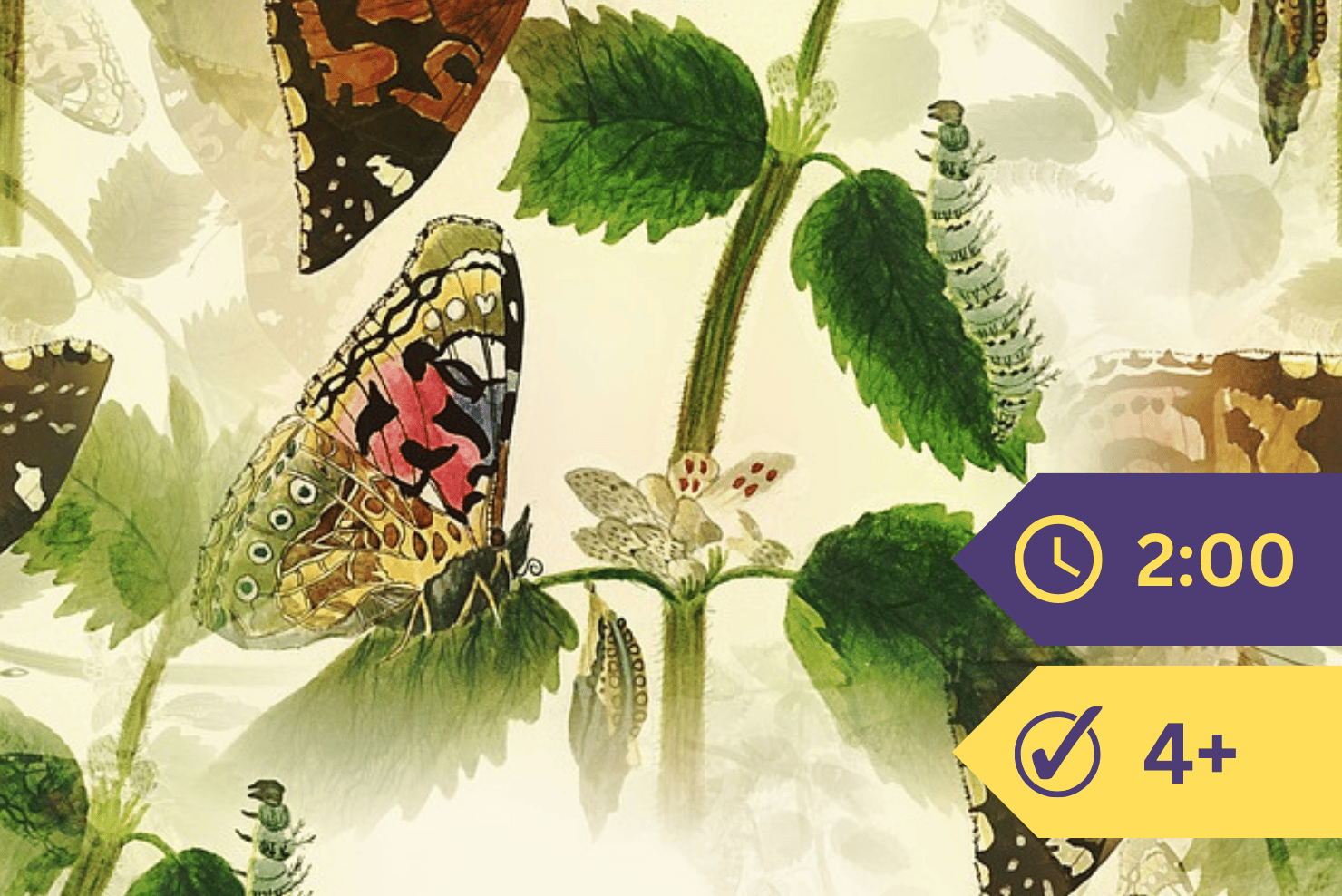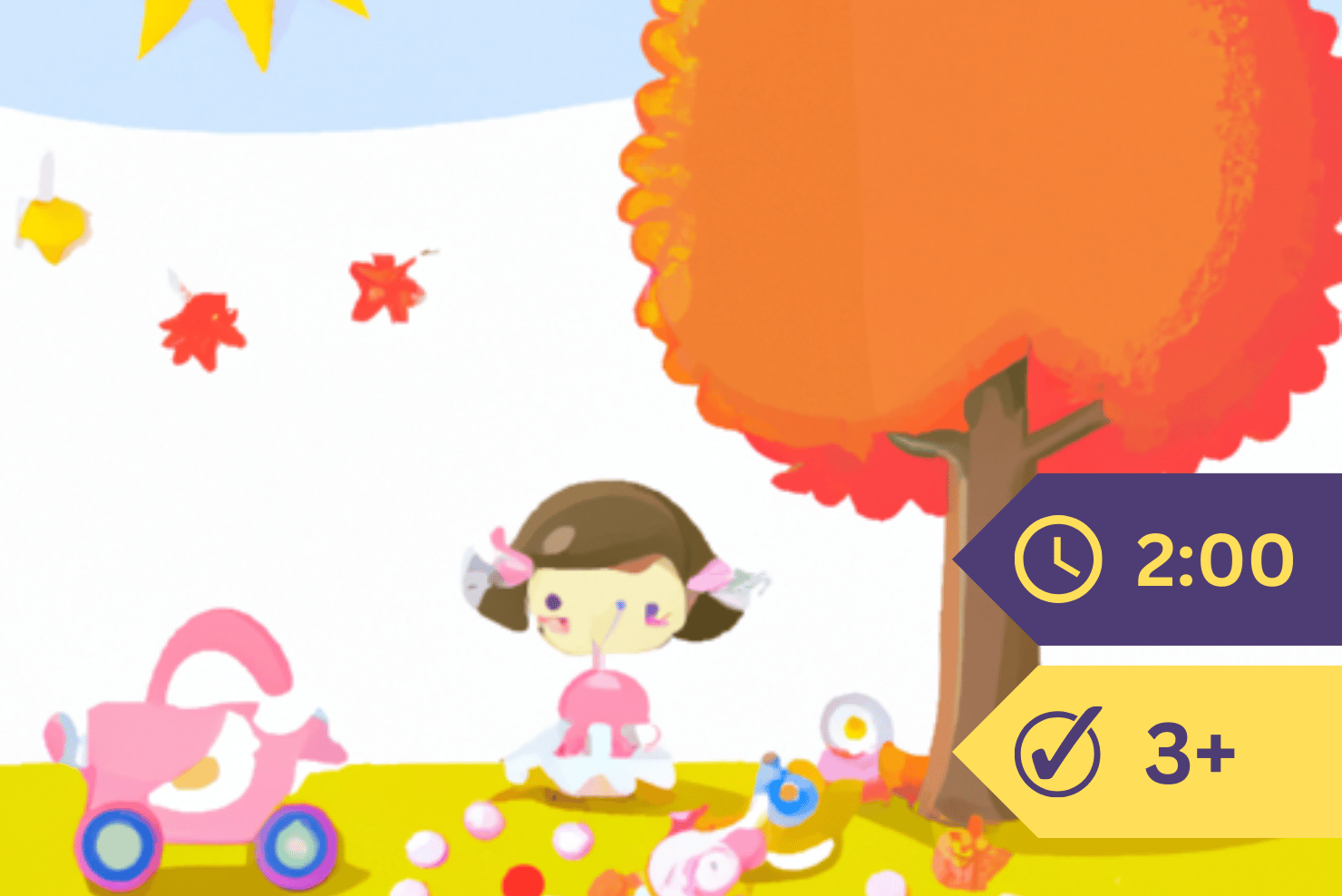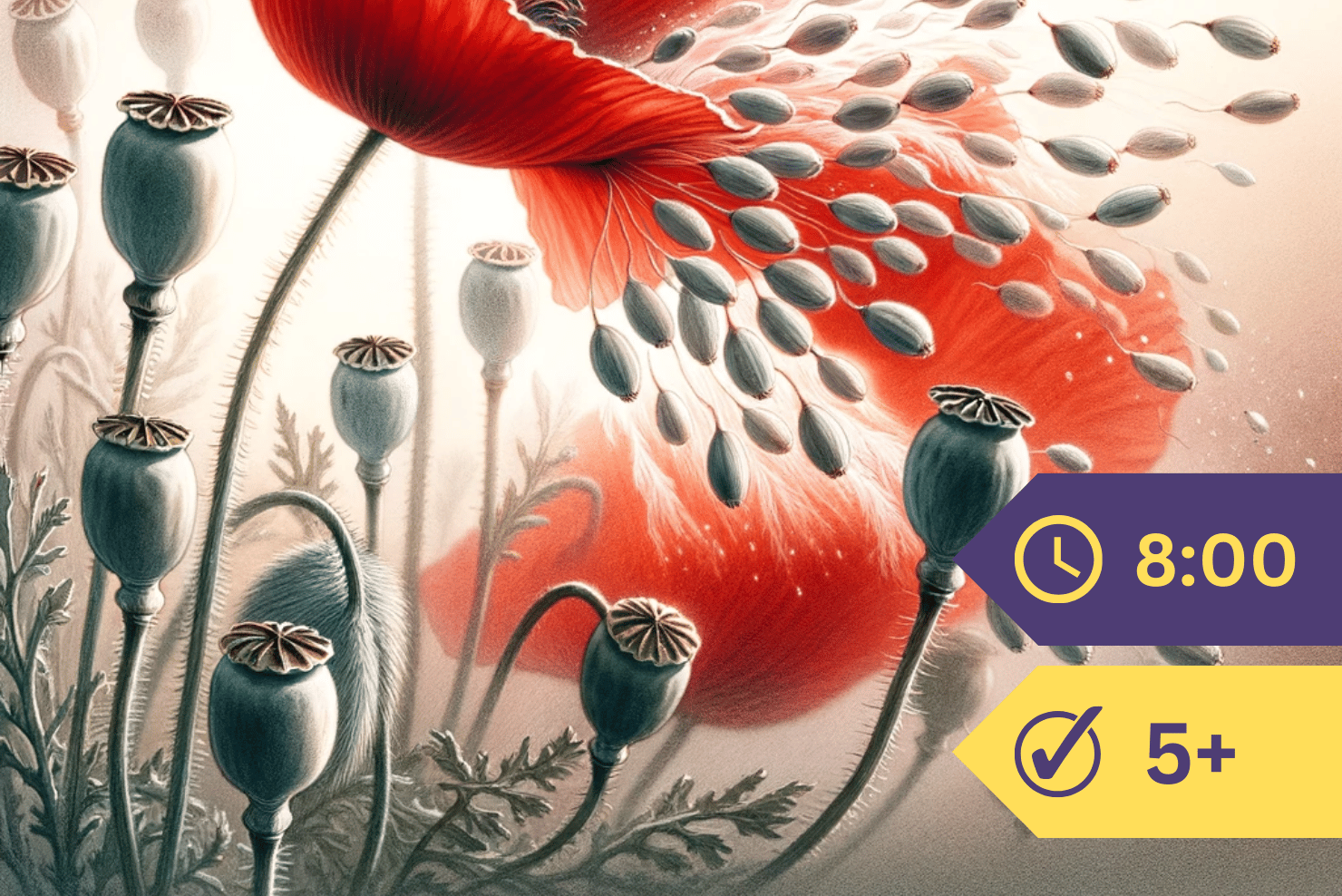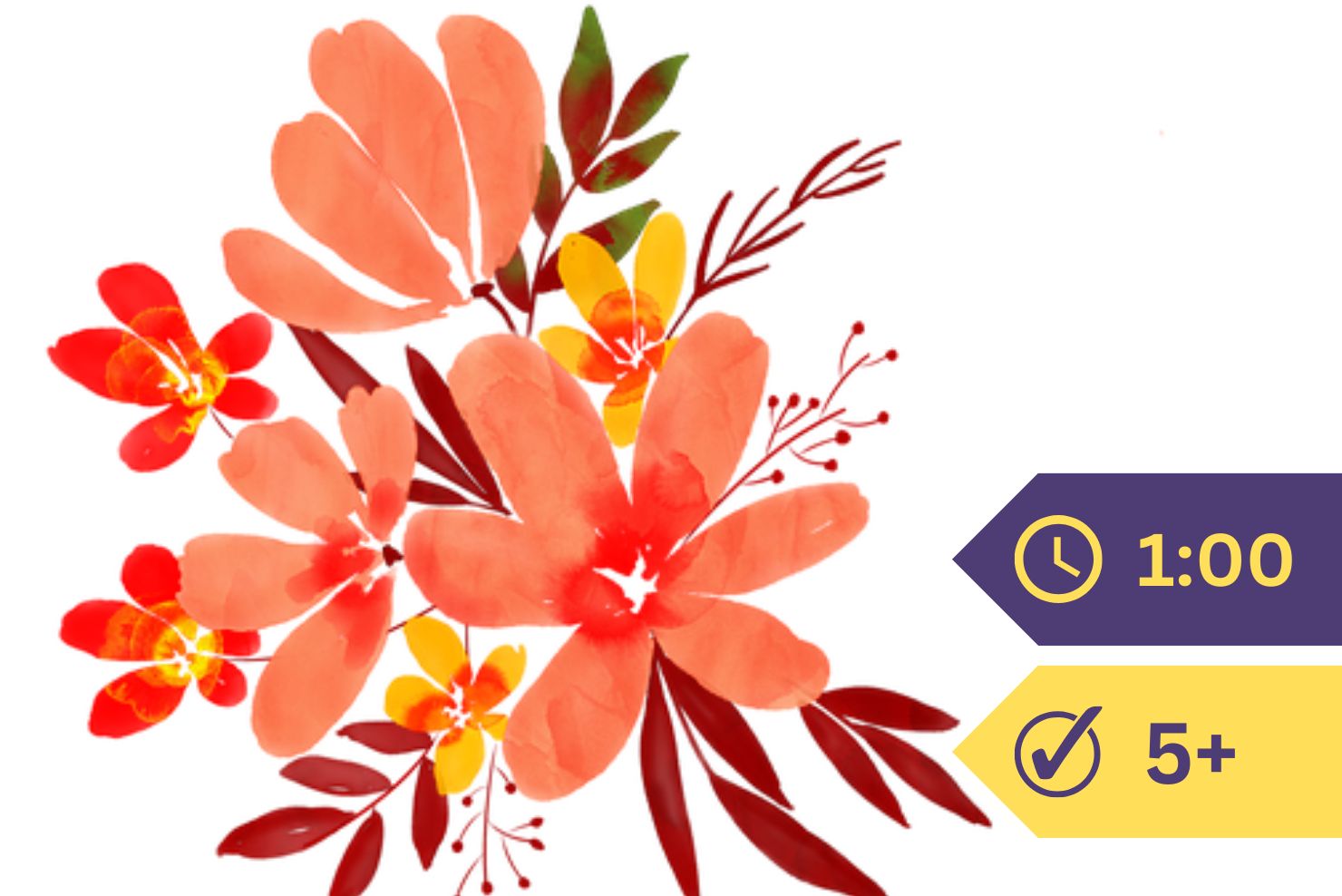Now let us pause for a moment, and try to recall a little of what we have learned since school opened.
We learned that the fruit of a plant is the part which holds its seed, and that there are many different kinds of fruits; that the burr of the burdock, the pod of the milkweed, the puff of the dandelion, are fruits, as well as the apple and the pear, the acorn and the walnut.
We learned that the chief importance of these fruits lies in the fact just mentioned, that they hold the seeds of the plants.
Then we learned something about the many different kinds of seeds, and of how these seeds managed to become separated from the parent plant, and to get a start in life.
Next we read of the baby plant which lies hidden within every perfect seed. We learned how this is kept safe and warm, and supplied with food, and how at last it finds its way out of the seed shell into the world.
If you have been using this book in the right way, not only have you read about these things, but you have seen them with your own eyes.
Some of the fruits you have tasted, and others you have handled.
You have examined the silky sails of the seeds which float through the air, and the hooks and claws of those little tramps that manage to steal free rides.
And some seeds you have planted. These you have watched day by day, and you have seen that the baby plants burst their seed shells much as a chick bursts its eggshell.
Now what I want you to do is this: I want you to study carefully the different parts of these little creatures that are living out their strange, beautiful lives under your very eyes. I want you to watch them from day to day; to learn how they eat and drink and work and grow, until you feel that you know them really well.
First let us look at this bean plant which is breaking its way through the earth.
Just what do you see?
You see what looks like a thick, green hoop, do you not?
What is it, this odd-looking hoop?
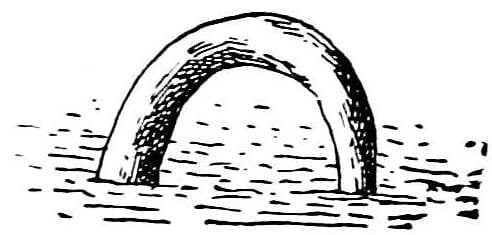
Perhaps some of you still think that it is the root, for I remember that I too once supposed the root was the part of the plant which first left the bean.
But really this green hoop is made by the bent stem. We know that this is the stem because from its lower end grows the root, while from its upper part grow the leaves, flowers, and fruit.
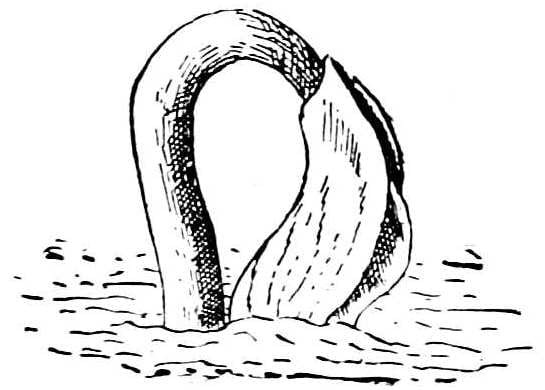
Certainly it is curious, the way in which this bean plant comes into the world. Why does it not grow straight up and down, do you suppose?—up with its stem and leaves, and down with its root?
But we must not forget that whenever some habit on the part of a plant has filled us with surprise, sooner or later we have discovered that the plant’s reason for it was a good one.
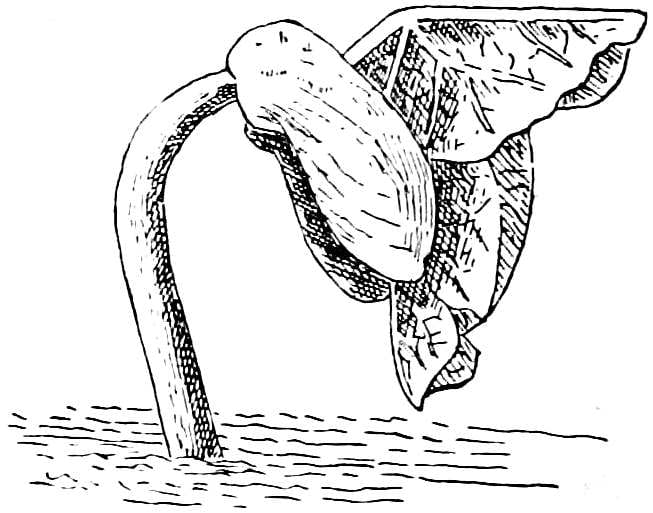
What reason can the bean plant have for coming into the world crooked?
Before reading further, try to think this out for yourselves. Try each one of you to form an idea of what the bean plant gains by pushing through the earth with this hooped stem.
I hope some of you may guess correctly. But even if you have not been successful in naming the cause of the bean plant’s humped back, at least you have been working your brains; and every time you do this, you help to keep them in good order.
If you let your brain lie idle, and allow your teacher or your book to do for you not only all the asking of questions, but also all the thinking-out of answers, it will get as dull and rusty and good for nothing as a machine that is laid by for a long time gets dull and rusty and good for nothing.
I should be sorry to think that any of you children were carrying about in your heads any such rusty, good-for-nothing brains. So if you wish to keep them bright and clean, and in good working order, you must try to do your own thinking.
And now, hoping you have tried to guess for yourselves the reason of this crooked back, I will explain it to you.
But first handle carefully the tip of one of the upper leaves on the larger bean plant. You see how delicate this is.
Then feel how firm and hard and tough is the green hoop of the plant which is just breaking through the earth.
Now suppose the bean plant had grown straight up into the air, would not its uppermost part have been the delicate leaf tips?
Can you not see that these would have been too frail to work their way uninjured through the earth?
But by crooking its stout stem the plant opened quite easily a path for itself and for its leaves, and no harm was done anywhere. Was not this a clever thought? But really every step in the life of the plant is full of interest, if we watch it with sharp eyes and a brain in good order.
